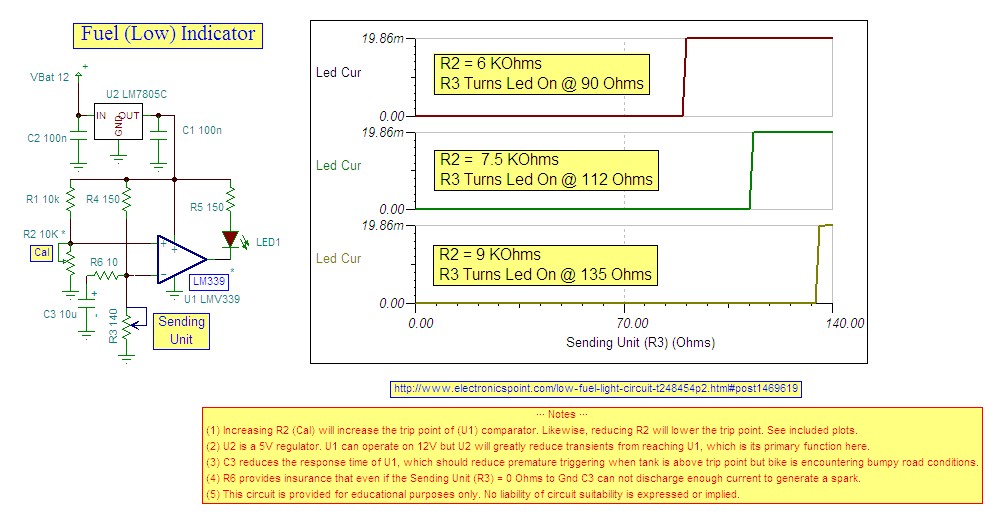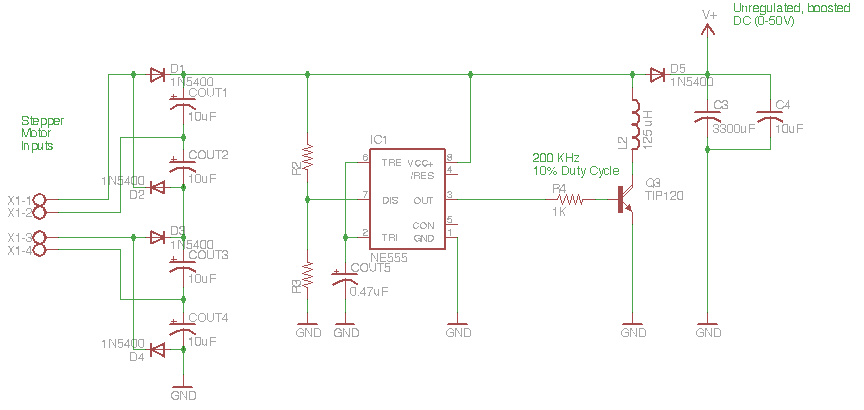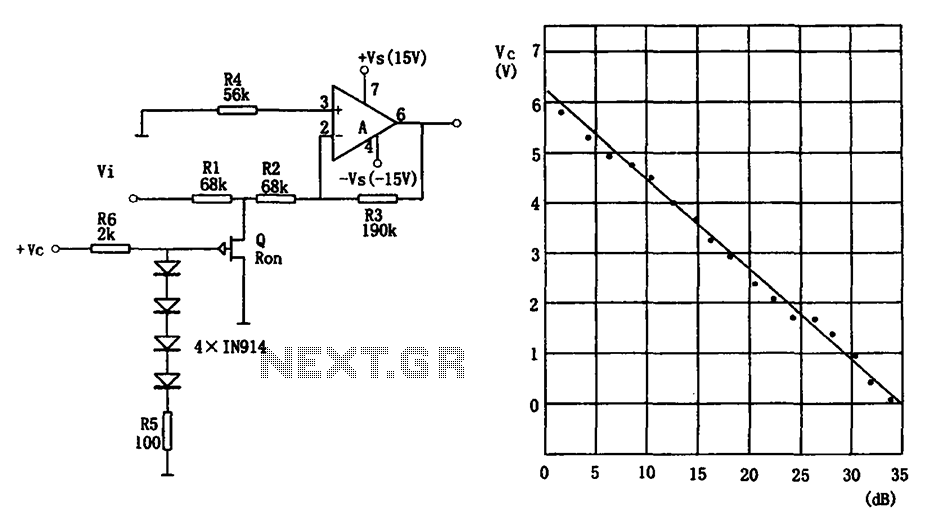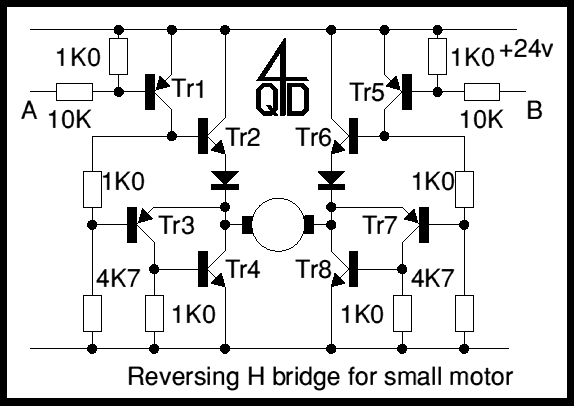
Quartz Controlled Bedroom Light Switch

This is a simple automatic light switch circuit designed for bedrooms. After construction, connect the input terminals of this circuit in parallel to the existing light fixture.
The automatic light switch circuit operates using a photoresistor (LDR) and a transistor as the primary components. The circuit is designed to turn on the light automatically when ambient light levels fall below a certain threshold, making it ideal for nighttime use in bedrooms.
The LDR is connected in a voltage divider configuration with a fixed resistor. As the ambient light decreases, the resistance of the LDR increases, causing the voltage at the junction of the LDR and the resistor to rise. This change in voltage is used to control the base of a transistor, which acts as a switch.
When the voltage at the base of the transistor exceeds a certain level, the transistor enters saturation and allows current to flow from the collector to the emitter. This current can then be used to energize a relay or directly drive the light fixture, depending on the specifications of the components used.
The circuit should be powered by a suitable voltage source, ensuring that all components are rated for the voltage in use. Additionally, it is advisable to include a diode in parallel with the relay coil to prevent back EMF from damaging the transistor when the relay is de-energized.
This design offers a straightforward solution for automatic lighting control, enhancing convenience and energy efficiency in bedroom environments. Proper component selection and layout are crucial to ensure reliable operation and safety.Here is an ultra simple automatic light switch circuit for bedrooms. After construction,connect the input terminals of this circuit in parallel to the inte. 🔗 External reference
The automatic light switch circuit operates using a photoresistor (LDR) and a transistor as the primary components. The circuit is designed to turn on the light automatically when ambient light levels fall below a certain threshold, making it ideal for nighttime use in bedrooms.
The LDR is connected in a voltage divider configuration with a fixed resistor. As the ambient light decreases, the resistance of the LDR increases, causing the voltage at the junction of the LDR and the resistor to rise. This change in voltage is used to control the base of a transistor, which acts as a switch.
When the voltage at the base of the transistor exceeds a certain level, the transistor enters saturation and allows current to flow from the collector to the emitter. This current can then be used to energize a relay or directly drive the light fixture, depending on the specifications of the components used.
The circuit should be powered by a suitable voltage source, ensuring that all components are rated for the voltage in use. Additionally, it is advisable to include a diode in parallel with the relay coil to prevent back EMF from damaging the transistor when the relay is de-energized.
This design offers a straightforward solution for automatic lighting control, enhancing convenience and energy efficiency in bedroom environments. Proper component selection and layout are crucial to ensure reliable operation and safety.Here is an ultra simple automatic light switch circuit for bedrooms. After construction,connect the input terminals of this circuit in parallel to the inte. 🔗 External reference





